All About Voting Technology
Explore the strengths and weaknesses of different voting technologies

What is voting technology?
Voting technology simply refers to the device or process in which votes can be placed and tabulated. The type of voting technology someone uses describes how they collect input for making decisions. For example, getting people to write their vote down on a paper ballot and counting up the results is a common practice.
Alternatively, you could use a digital polling or survey tool. You could also place votes over the telephone, mail, or email. Utilizing combinations of voting technologies is also possible, depending on the needs of the event. Each technology comes accompanied by its own pros and cons.
Note that voting technologies (i.e. what you are using to make a decision) are distinct from voting methods (i.e. the way you combine responses and determine the will of the group).
What are the different types voting technology?
Physical Vs. Digital
Physical Voting Technologies
A physical vote is when the voter submits their preference through material means, whether that is via a paper ballot, a simple raising of hands, etc.

On-site Voting
One of the simplest and most reliable ways to ensure a fair election is through an in-person vote. By requiring the attendance of all participating voters, you reduce the possibility of someone missing out on their opportunity to make their preference count at the ballot box. This is also known as on-site voting or live voting.
While this kind of voting may add a greater sense of formality and importance to a decision, it can potentially be time-consuming and expensive to arrange. It requires many logistical considerations, including booking a venue, procuring voting resources like ballots, and providing voting judges or administrators to oversee the process.
Mail Voting
Other manual voting technologies include mail voting, which is similar to an in-person vote, except the voter submits their paper ballot through the mail by a certain deadline. This method is increasingly popular in U.S. elections, though concerns about ballot tampering remain in the public conscious.
Digital Voting Technologies
Alternatively, digital voting technology allows voters to submit their preferences through digital means like a machine or email.

Survey and Polling Tools
Sometimes, instead of taking a formal vote, groups will want to gauge the preferences of its members in order to make informed decisions. This is where a survey or poll may come in handy.
- A survey allows you to ask multiple questions across a wider range of question types. You can ask for a comment, an email address, a name, an address, etc., as well as multiple-choice questions.
- A poll allows you to ask one multiple choice question. Participants can choose from among answers that you predefine. You can restrict voters to select just one answer to your question or allow them to choose multiple answers.
The differences between each generally boil down to what information is being sought out. Do you need objective, general data points regarding an issue? A poll may help to quickly identify preferences within a group. Do you need subjective, detailed opinions? A survey may help you collect many individual perspectives and tells a broader story regarding the group’s preferences.
Additionally, many survey and polling platforms are free to use. However, this often comes at the cost of decreased security and people generally don’t take these results as seriously as they would a formal vote. These tools are best suited as an informal means of gauging general preferences within a group and are not recommended for making official decisions.
Online Voting Platform
Online voting platforms have become increasingly popular over the past several years, primarily because of their quality and ease of use. Voters receive a link with login information to access their ballot, then submit their votes electronically for tabulation. This process is simpler both for accessing the ballot on the voter side and counting votes from the administrator side.
Some online voting platform providers will also provide additional services, such as third-party election administrators, promotions for the event, and ballot customizations.
Email Voting
Email voting is the simple process of voters submitting their preferences via email to an administrator.
While email voting can be convenient for all parties involved, there are several components to consider, such as the security and delivery of ballots. Likewise, making an important decision via email may have the effect of diminishing the levity of the situation.
Partnering with a reliable service provider can ensure that votes are collected and tabulated correctly.
Voting Machines
In some cases, a voting machine may be the most appropriate technology for a group to take a vote. Voting machines come in all kinds of variations, from purely digital or digital with a paper receipt to machines that digitally scan the results of paper ballots.
Voting machines take longer to set up and typically allow only one user at a time to cast a vote. However, the sight of a voting machine is familiar to most adult voters in the United States and can add an air of importance to the decision at hand.
It is best utilized for voting events that require voters to congregate in one shared area. An outside vendor is often required to run an election by machine.
Hybrid Voting
Depending on the scale or requirements of the election at hand, you may find that applying a hybrid of several of these technologies may best suit your needs. For example, an organization can use email voting to nominate candidates and narrow down the field, then use voting machines for the final vote of the remaining candidates.
What should you consider when choosing a voting method?
There is no right or wrong way to conduct your election, but it is important to keep these factors in mind:
Planning for success
No matter what you are voting on, the technology with which you vote will directly influence an important decision. Organizations must be careful and deliberate when selecting the right solution for their decision-making needs.
How will you build your next vote?
Contact us to get started.

